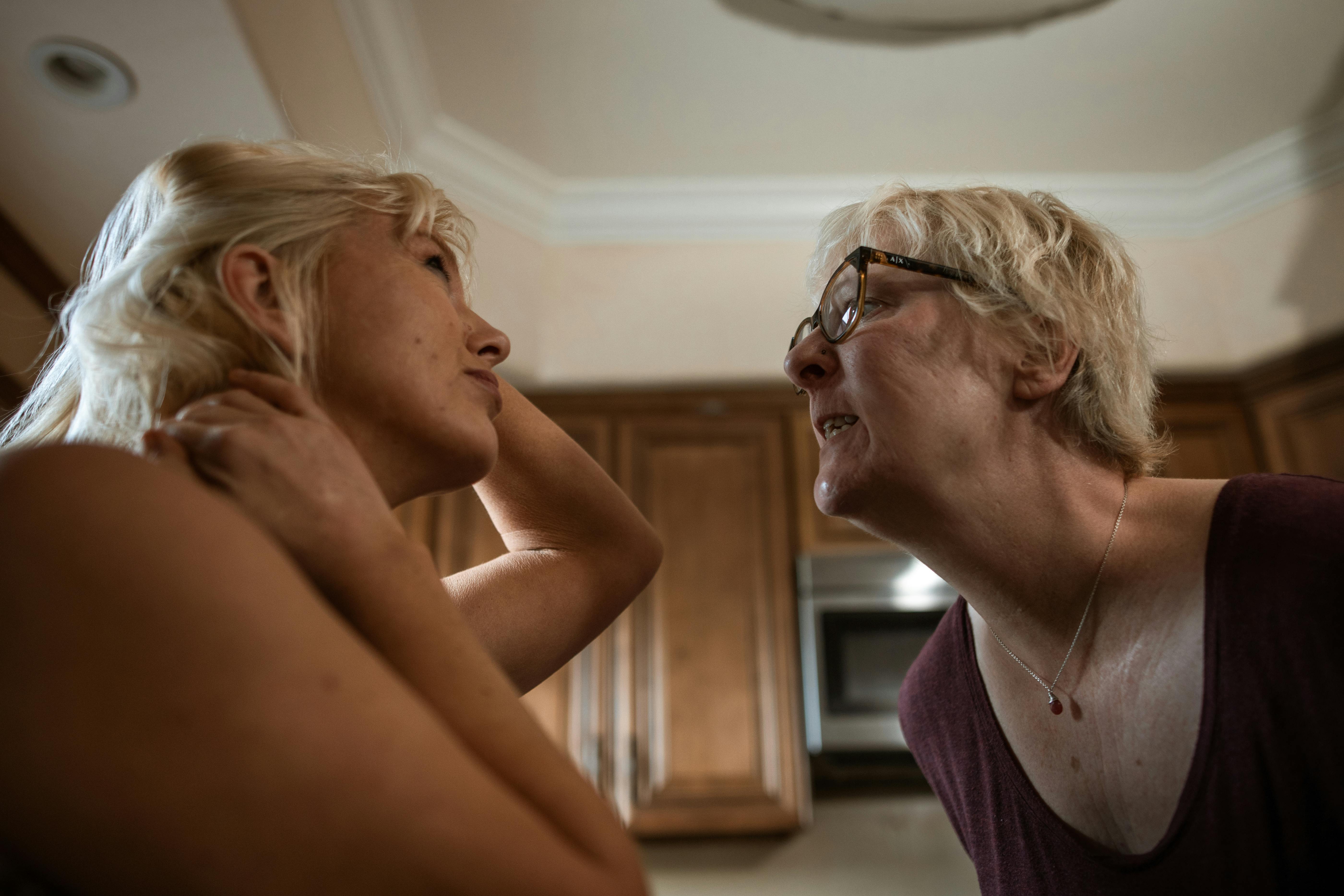If you like watching teen horror movies, you’ve probably heard things like “African-Americans always die” or “couples who have sex end up murdered.” movies like Shout (nineteen ninety six), urban legend (1998), I know what you did last summer (1997), gold The Texas Chainsaw Massacre (2003) reinforce these ideas with their formulaic plot and negative portrayal of characters. Most teen horror movies follow a certain pattern. Some of these patterns are rooted in stereotypes.
Stereotypes are standardized and simplified conceptions of groups based on some previous assumptions. We use stereotypes to try to understand our world instantly. Most people do not have time to socialize intimately with all members of society. To bridge this knowledge gap, we use stereotypes to fill in the blanks in our heads. Although many stereotypes are used in a pejorative way, some stereotypes represent groups in society in a positive way. For example, the French are considered romantic, women are better listeners, and gay men have a better sense of fashion.
Although stereotypes can be used as a way to communicate with an audience, when used in the wrong context, the result can be negative. The main harm that arises from stereotyping is that it leads to discrimination and prejudice. The rule of thumb in teen horror movies is to understand the stereotype and stick to the formula. By instilling this idea, the audience can accept that the reality of these movies can be applied to the reality of everyday life. Stereotypes in teen horror movies are often negative. Common stereotypes that appear in movies primarily concern racial and ethnic minorities, women, gender and sexual orientation, the elderly, and the disabled.
For example, women who wear revealing clothing in horror movies are often an easy target for the killer. Women who boldly outline their sexuality are considered cheap. These movies drive the opinion of the audience, making them think of these women as second class citizens. The women did not fit the formula of the film, so the audience has less respect for them. Without audience empathy, it’s easy for filmmakers to weed out characters. When applied to a real world setting, these stereotypes can turn into prejudices. The woman who thinks of wearing minimal clothing will be considered expendable and may receive a nasty reaction from society. Wearing these garments is no longer a fashion preference, but rather a statement of character.
Other stereotypes seen in these movies are that jocks and cheerleaders are often badly behaved and are often the first to die. African-Americans, Asians and Hispanics are also on the list of soon to be killed. Homosexuals and obese can’t help but get kicked out too. Those who survived are usually Caucasian men or women who are agreeable, not promiscuous, and strong enough to accept one challenge after another. Surviving in teen horror movies is never an easy task.
Although teen horror movies are riddled with negative stereotypes, some actually had a positive one. Positive stereotypes, such as the heroine of the story is always so strong and resistant to attack and the Caucasian male leader served as a gentleman who will do almost anything to save his friends and the heroine.
Stereotypes are inevitable in movies, but there’s always something we can do about it. The key is to keep your balance when playing characters in teen horror movies for a more realistic feel. Innovation and fair representation are rare in the movie industry, but that doesn’t mean audiences reject any kind of effort to tip the scales in the right direction. Filmmakers should keep this in mind to prevent further degeneracy of certain groups in our society.
